Pub culture is more than just a place to grab a drink—it’s a vibrant social phenomenon deeply rooted in history and tradition. From the cozy corners of the UK to the lively beer gardens of Germany, pubs have long served as hubs of community, reflection, and celebration. Whether you’re sipping on a local brew or enjoying a hearty meal, pubs offer a unique window into the cultural soul of a region. But what exactly defines pub culture, and how does it differ from the more modern bar scene? In this article, we’ll explore the essence of pub culture, its historical evolution, and how it continues to thrive as a cornerstone of social life across the globe.
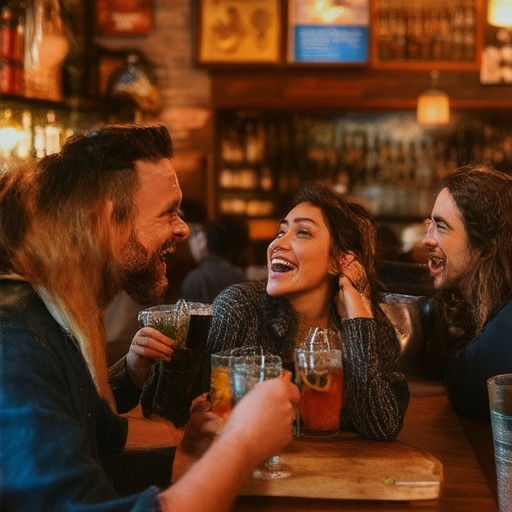
Pub Culture: The Heartbeat of British Social Life
Pub culture is a cherished aspect of British society, deeply rooted in history and tradition. Pubs, or public houses, have long served as more than just places to enjoy a drink; they are communal hubs where connections are forged and memories are made.
The Evolution of Pub Culture
- Historical Roots : Pubs have existed in the UK since the 16th century, originally serving as alehouses for travelers and locals alike. Over time, they evolved into social spaces where people could gather, share stories, and celebrate life.
- Community Hubs : Today, pubs remain central to many communities. They host local events, sports matches, and neighborhood gatherings, fostering a sense of belonging among residents.
- Family-Friendly Spaces : While traditionally seen as adult spaces, many pubs now welcome families, offering kid-friendly menus and activities, thus broadening their appeal.
The Role of Pubs in Local Life
- Social Gatherings : Pubs are where people come together to celebrate birthdays, anniversaries, and other milestones. They often become the heart of local celebrations.
- Sports Enthusiasts : Many pubs feature big screens for sports events, making them popular spots for fans to watch games together.
- Cultural Significance : Pubs have inspired literature, art, and even music. They reflect the values and traditions of British culture.
Preserving Pub Culture
Dufferin Arms is a dedicated blog that delves into the rich history and vibrant traditions of pub culture. Our mission is to celebrate the unique stories behind the UK’s pubs, exploring their evolution and enduring charm. From historic inns to modern pubs, we highlight what makes each establishment special.
Explore Dufferin Arms to discover the legacy of pubs and their role in shaping British society. Whether you’re a local or a visitor, pubs offer a window into the soul of the nation.
[Visit Dufferin Arms to learn more about pub culture and its significance](https://dufferinarms.com/)
What is the Difference Between Pub Culture and Bar Culture?
Pub culture and bar culture are distinct social phenomena, each with its own unique atmosphere, traditions, and appeal. While both revolve around alcohol consumption and social interaction, their differences lie in their origins, settings, and experiences.
Key Characteristics of Pub Culture
- A Traditional Setting: Pubs are often historic establishments, rooted in local history and community ties. They are typically cozy, with wooden interiors, dim lighting, and a focus on comfort.
- Beer-Specific Focus: Pubs are traditionally known for their selection of craft beers, real ales, and stouts. The emphasis is often on quality rather than variety.
- Community-Oriented: Pubs are hubs for local gatherings, often hosting events like live music, sports viewings, or trivia nights. They foster a sense of belonging among regulars.
- Traditional Fare: Many pubs offer hearty, classic dishes like fish and chips, pies, and burgers, complementing the beer-focused menu.
Key Characteristics of Bar Culture
- A Modern Vibe: Bars tend to be more contemporary, with sleek designs, trendy decor, and a focus on mixed drinks, cocktails, and premium spirits.
- Diverse Beverage Options: Unlike pubs, bars often feature a wider range of alcoholic beverages, including wines, martinis, and specialty cocktails.
- Urban Appeal: Found in bustling city centers, bars cater to a younger, more cosmopolitan crowd, often with late-night hours and a party atmosphere.
- Entertainment-Focused: Many bars host live performances, DJ sets, or themed nights, making them hotspots for socializing and entertainment.
Competitive Landscape
Both pub culture and bar culture have their followers, with preferences often depending on personal taste. While pubs may appeal to those seeking authenticity and tradition, bars might attract those looking for a more dynamic and vibrant experience. Competitors like Dufferin Arms and others in the industry strive to blend the best of both worlds, offering a mix of cozy ambiance and modern innovation.
Conclusion
The distinction between pub culture and bar culture ultimately boils down to atmosphere, offerings, and purpose. Whether you prefer the snug confines of a traditional pub or the lively energy of a modern bar, both offer unique ways to enjoy time with friends and family.
Explore the rich history and vibrant atmosphere of pub culture at Dufferin Arms , where the legacy of pubs continues to thrive in today’s world.
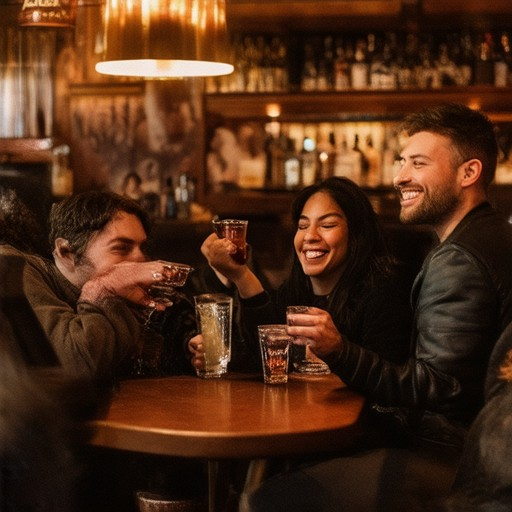
What Makes a Traditional Pub?
A traditional pub is more than just a place to grab a drink; it’s an institution that embodies rich history, vibrant culture, and a sense of community. Here’s what sets traditional pubs apart:
1. Unique Atmosphere
Traditional pubs are known for their cozy, inviting atmospheres. They often feature:
- Warm Decor: Wooden beams, dark wood paneling, and soft lighting create a welcoming environment.
- Fireplaces: Many traditional pubs boast roaring fires, perfect for colder months.
- Jukeboxes: Classic jukeboxes filled with vinyl records add to the retro vibe.
2. Rich History
Traditional pubs have deep roots in local culture and history. They often serve as gathering spots for generations, reflecting the values and traditions of their communities. Each pub tells its own unique story, from being a village watering hole to a bustling city tavern.
3. Traditional Offerings
Traditional pubs go beyond drinks, offering:
- Real Ales and Craft Beers: Many pubs feature a selection of hand-pumped real ales and craft beers.
- Hearty Meals: Pubs often serve traditionalpub fare like fish and chips, pies, and roast dinners.
- Snacks and Shareables: Platters of cured meats, cheeses, and pickles are common.
4. Social Hub
Traditional pubs are more than just places to eat and drink—they’re social spaces. Patrons gather to catch up with friends, enjoy live music, or participate in pub quizzes and other events.
5. Cultural Significance
Traditional pubs play a crucial role in preserving local culture. They often host community events, celebrate local artists, and showcase regional foods and drinks. This cultural significance makes them cherished landmarks in many towns and cities.
Competitors to Know
While every pub has its unique charm, there are some notable traditional pubs worth checking out:
- The Shakespeare Inn in London
- The Spence in Edinburgh
- The Old Tommies in Manchester
These pubs, like Dufferin Arms , continue to uphold the tradition of providing a memorable experience through their unique blend of history, culture, and community.

Pub Etiquette: A Guide to Proper Behavior in Public Houses
Pub etiquette is essential for creating a harmonious and enjoyable atmosphere in public houses. Here are some key guidelines to follow:
- Respect Queues: Patrons are typically served in order, so avoid cutting in front of others. Wait your turn patiently.
- Be Polite to Staff: Do not whistle, clap, or yell to get the bartender’s attention. Your turn will come naturally.
- Pay Bills Promptly: Leave without settling your tab is disrespectful. Ensure you pay before departing.
- Adhere to Dress Codes: Many pubs have a casual dress policy, but avoid inappropriate attire like swimwear.
- Refrain from Disruptive Behavior: Excessive noise, rowdy behavior, or playing drinking games can disturb others. Keep noise levels moderate.
- Respect Personal Space: Do not sit in someone else’s booth or touch their belongings without consent. Respect boundaries.
- Avoid Unauthorized Use of Property: Do not borrow or use others’ items without permission, such as phones or wallets.
- Understand Cultural Norms: Familiarize yourself with local customs, especially in countries with distinct pub cultures like Ireland.
- Check Age Restrictions: Verify the legal drinking age (often 18 or 21) and present identification if required.
- Maintain Cleanliness: Leave glasses and utensils clean and dispose of waste properly to uphold facility maintenance.
By adhering to these guidelines, you contribute to a welcoming environment for everyone at the pub. Remember, pub culture is about community and respect, making it a pleasurable experience for all patrons.
What Not to Do at a Pub
- Don’t Overindulge in Alcohol . While pubs are great for enjoying drinks, excessive alcohol consumption can lead to poor decisions and discomfort for others. Always drink responsibly and pace yourself.
- Respect Age Restrictions . Many pubs have specific age policies. Check the legal drinking age in your area and ensure everyone in your group meets the requirements.
- Don’t Dress Inappropriately . Pubs are social spaces where comfort meets style. Avoid wearing clothes that are too revealing or offensive to others.
- Be Mindful of Noise Levels . Pubs can get loud, especially during busy hours. Be respectful to other patrons by keeping noise levels reasonable, especially late at night.
- Never Bring Uninvited Guests . Pubs are for social gatherings. Don’t bring friends or strangers without prior invitation, as this can disrupt the atmosphere.
- Don’t Engage in Illegal Activities . Pubs are regulated spaces. Any illegal behavior, such as fighting or drug use, will result in immediate consequences and could lead to legal trouble.
- Avoid Being Overbearing . While it’s fun to meet new people, respect personal boundaries. Don’t monopolize conversations or make unwanted advances.
- Don’t Damage Property . Pubs are someone’s home away from home. Avoid throwing objects, smashing glasses, or causing any kind of damage.
- Never Bring Animals Inside . Most pubs don’t allow pets inside. Check with the management beforehand if you plan to bring your furry friend.
- Don’t Ignore Health Guidelines . Many pubs follow safety protocols, such as mask mandates or vaccination requirements. Adhere to these rules to protect yourself and others.
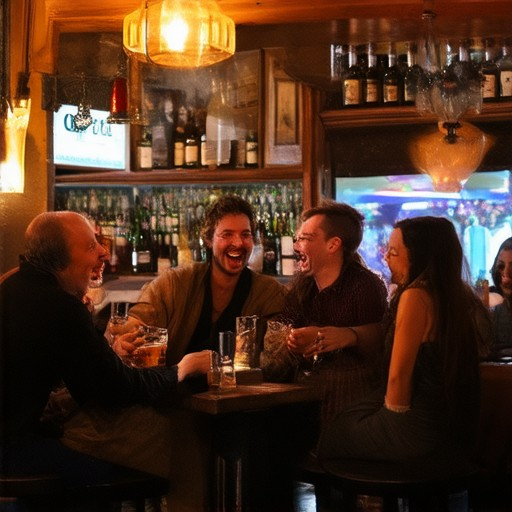
The Golden Rule of Irish Pub Etiquette
In Irish pubs, there are several customs that visitors should be aware of to ensure a pleasant experience:
- Tipping is a standard practice, and it is common to round up to the nearest euro to show appreciation.
- When ordering a drink, it is courteous to tap the glass gently if you wish for another pour, rather than waving money or coins.
- Be respectful of the bar staff. Do not be pushy or attempt to wave money in front of them, as this can be considered rude.
- It is also important to avoid placing coins or small bills on the bar, as this can disrupt the process of giving correct change.
- Saying “Cheers” or “Sláinte” when ordering your drink is a friendly gesture that adds to the local atmosphere.
- When it’s time to pay, leave your tip discretely on the bar without specifying the amount, allowing the bartender to determine if it is sufficient.
By following these guidelines, you will be demonstrating respect for the tradition and culture of Irish pubs.

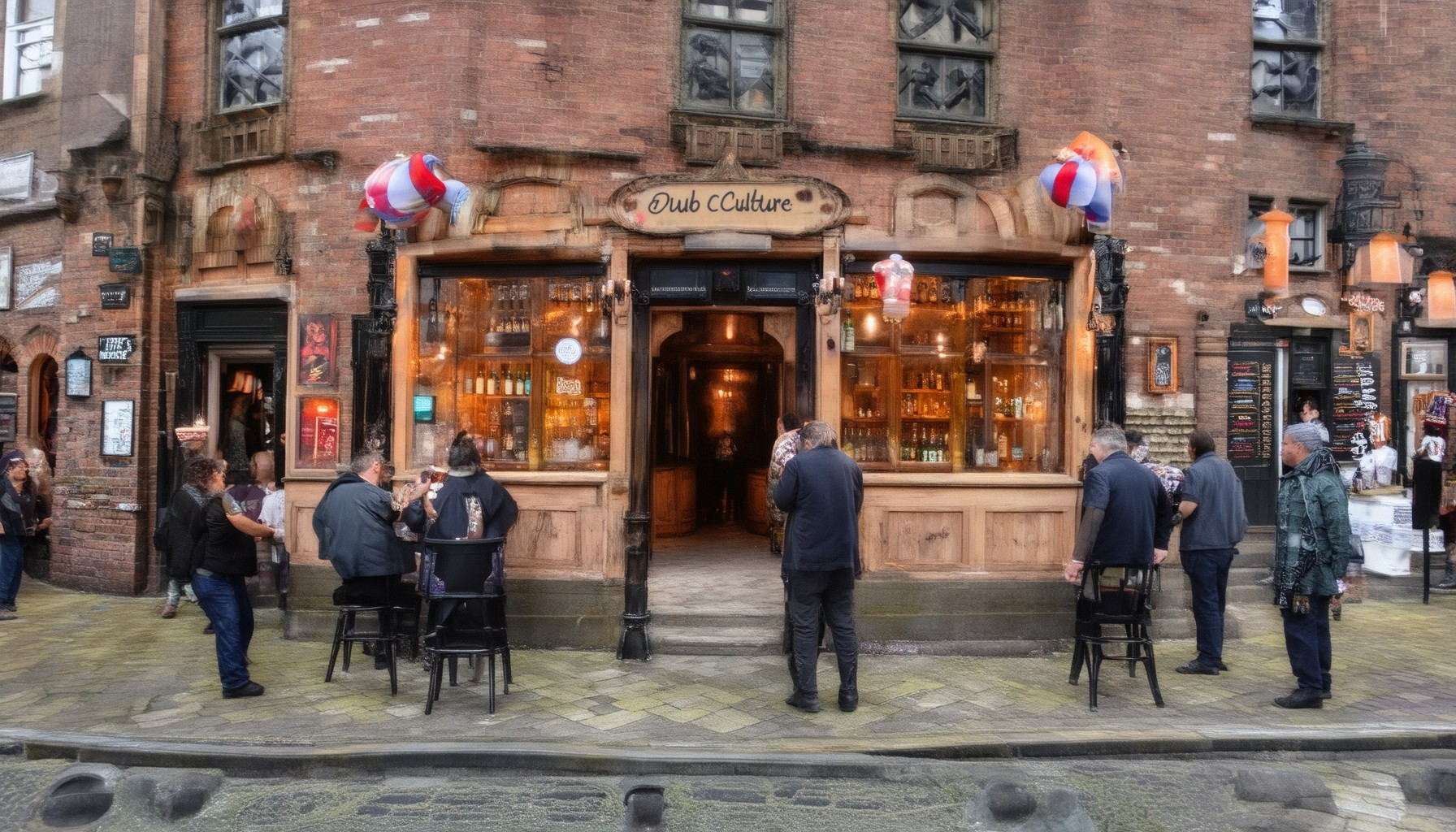
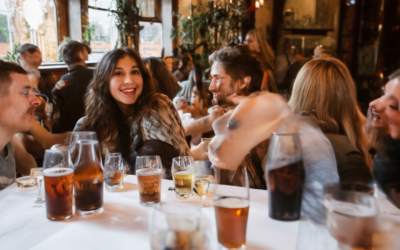
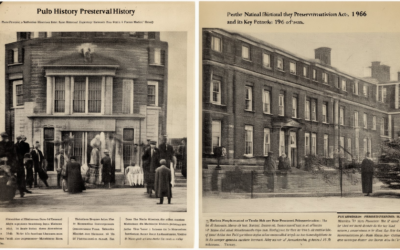
0 Comments